In an age of satellite views, our world feels fully charted. Yet, true remoteness still exists.
It isn’t about being undiscovered. It’s about the journey required to get there; places that demand more from you.
In return, they offer a perspective that is the ultimate luxury. The toughest journeys, after all, lead to the greatest rewards.
This is my list of the 12 most remote (but breathtaking) places on earth you can visit.
These are breathtaking remote destinations for the true adventurer.
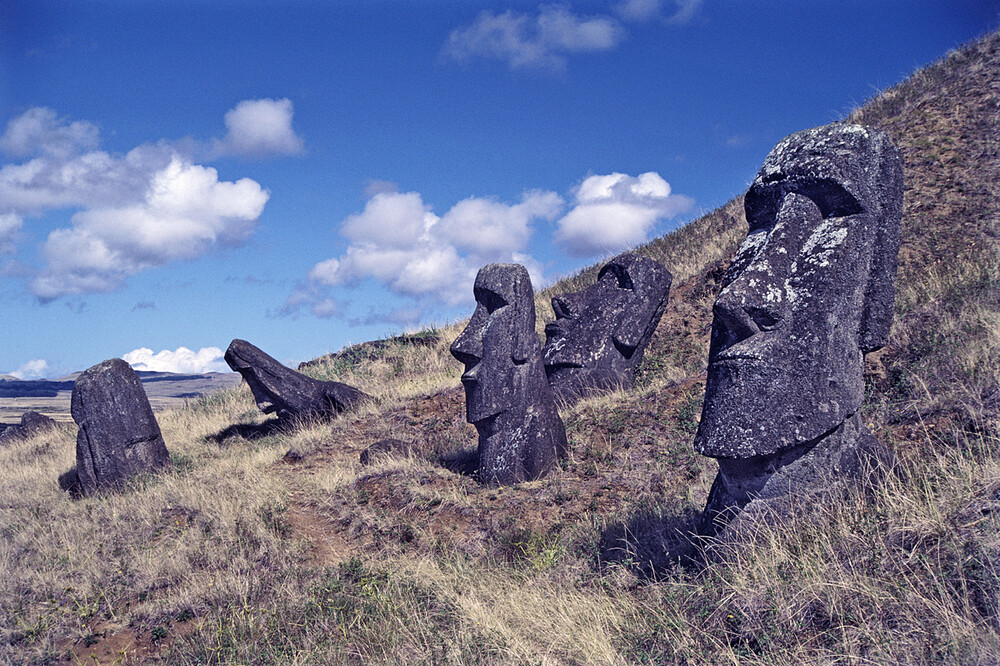
Contents
- 1 1. Antarctica: Sailing into a Volcano’s Heart
- 2 2. Svalbard, Norway: Kingdom of the Polar Bear
- 3 3. Ittoqqortoormiit, Greenland: Life at the Edge
- 4 4. Easter Island (Rapa Nui), Chile: The Lonely Sentinels
- 5 5. Tristan da Cunha, UK: The Ultimate Sea Voyage
- 6 6. Pitcairn Island, UK: Descendants of the Bounty
- 7 7. The Faroe Islands: Waterfalls into the Sea
- 8 8. Salar de Uyuni, Bolivia: The World’s Largest Mirror
- 9 9. Danakil Depression, Ethiopia: Journey to the Gateway to Hell
- 10 10, 11, & 12. The Subterranean Trilogy: The Ultimate Frontier
- 11 Where Will Your Next Expedition Take You?
1. Antarctica: Sailing into a Volcano’s Heart
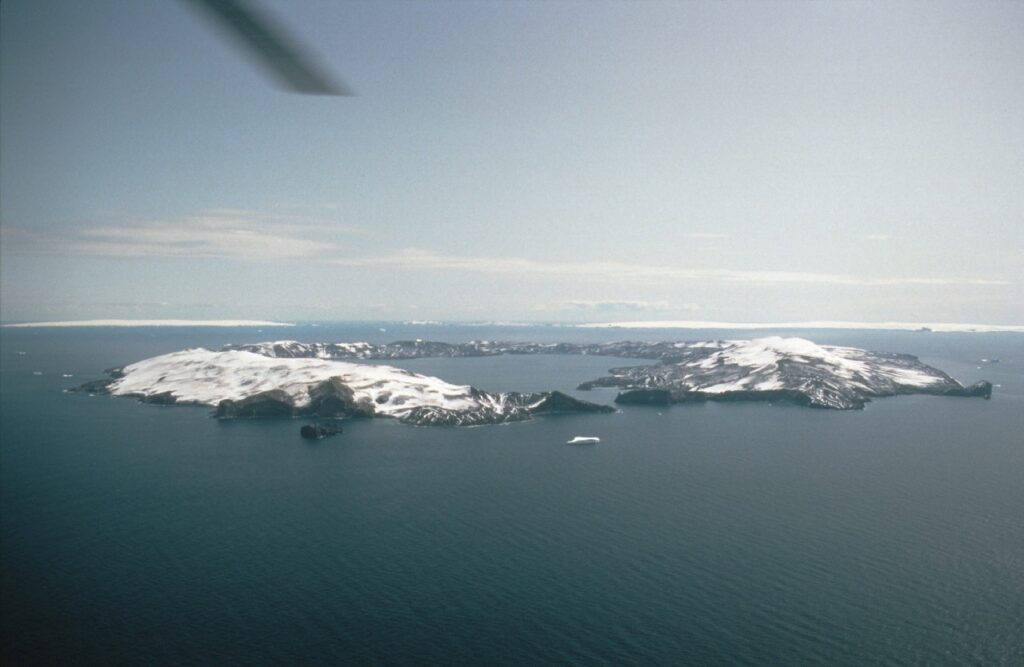
Nothing prepares you for Antarctica.
The scale of the ice is overwhelming. The silence is profound. It’s broken only by the crack of calving glaciers.
My most vivid memory is Deception Island. It’s an active volcano shaped like a horseshoe. Our expedition ship sailed directly into its flooded caldera.
Inside, you find a world of barren volcanic slopes. Steam rises from the black sand beaches. You see the haunting ruins of a 20th-century whaling station. Bleached whale skeletons lie near rusting oil tanks.
To get here, you must join an expedition cruise. Most leave from Ushuaia, Argentina. The trip involves a two-day crossing of the Drake Passage.
Or you can fly from Chile to King George Island, bypassing the rough seas.
It’s a serious undertaking. But standing among a colony of chinstrap penguins, with the icy continent stretching to infinity, you understand it’s worth every challenge.
2. Svalbard, Norway: Kingdom of the Polar Bear
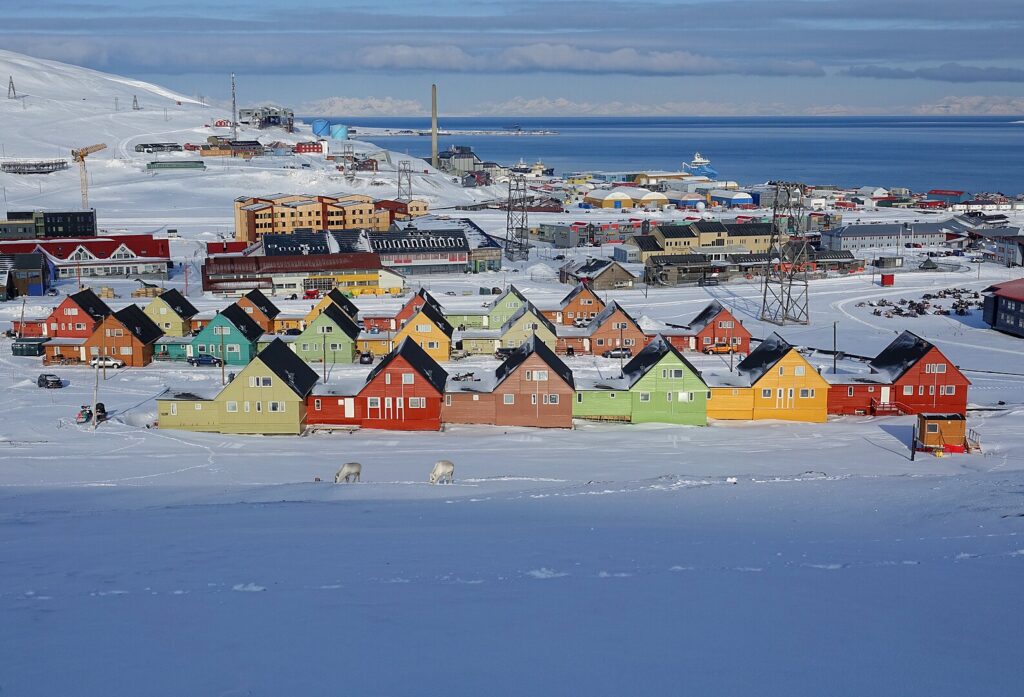
Svalbard is a high Arctic wilderness, a realm of glaciers, fjords, and the midnight sun.
This Norwegian archipelago sits halfway between the mainland and the North Pole. Here, polar bears outnumber people.
The journey is surprisingly simple. A three-hour flight from Oslo lands you in Longyearbyen, the main settlement.
But don’t let the easy access fool you. Once you leave town, the rules change. You cannot venture out without an armed guide for polar bear protection.
My days here were filled with guided boat trips. We navigated past glittering glaciers and watched walruses haul out on ice floes.
What’s unique about Svalbard is that you get to enjoy modern comforts in Longyearbyen. Yet, minutes away lies a world where you are not at the top of the food chain.
Similar Articles:
3. Ittoqqortoormiit, Greenland: Life at the Edge
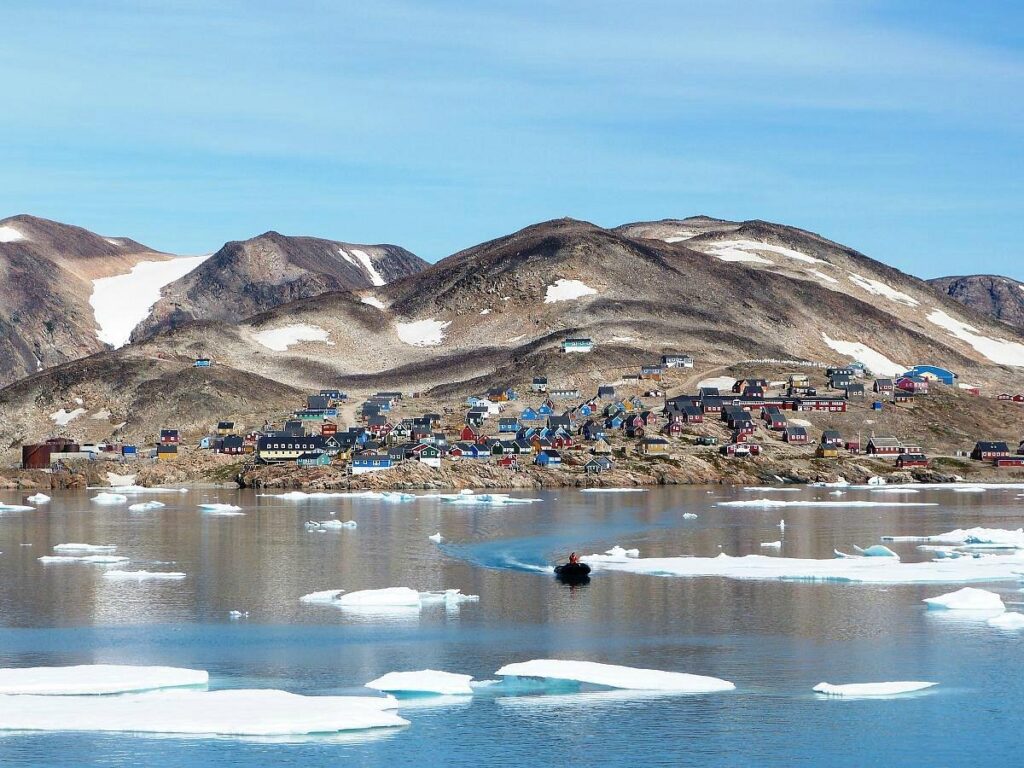
Imagine a town of 450 people. Their brightly colored houses dot a vast, white landscape.
This is Ittoqqortoormiit. It is one of the most isolated towns on Earth. It’s flanked by the world’s largest national park and its largest fjord system.
Getting here is a true expedition. You must fly from Iceland to a remote airstrip. Then, a helicopter or boat makes the final leg of the journey.
I joined a local guide for a dog sledding trip. We followed ancient hunting routes across the sea ice. The experience connects you to the Inuit traditions that still define life here.
Visiting Ittoqqortoormiit is a privilege. The journey filters out casual tourists. It leaves only those who genuinely want to understand life at the edge of the world.
4. Easter Island (Rapa Nui), Chile: The Lonely Sentinels
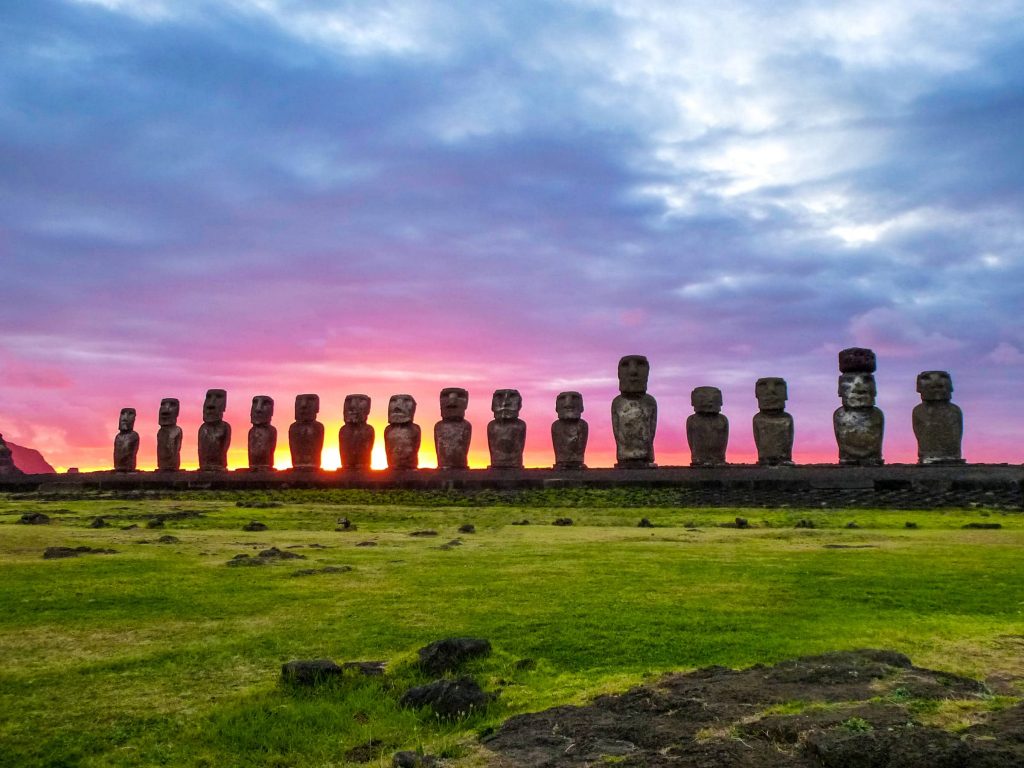
For five hours, you see nothing but the blue expanse of the Pacific Ocean. Then, a tiny triangle of volcanic land appears.
This is Rapa Nui, one of the most isolated inhabited islands on the planet.
Its fame comes from the enigmatic Moai. Nearly 1,000 of these colossal stone statues stand silent watch over the island.
Despite its isolation, you can get here on a direct flight from Santiago, Chile. I rented a car to explore freely. Driving to the quarry at Rano Raraku, where the Moai were carved, was surreal.
Seeing the massive figures, some half-finished, still embedded in the rock, was incredible. At Ahu Tongariki, 15 Moai stand in a line against the sea, their backs to the crashing waves.
The island’s remoteness is palpable. It’s what allowed this unique culture to arise. And it’s what protects this fragile treasure today.
5. Tristan da Cunha, UK: The Ultimate Sea Voyage
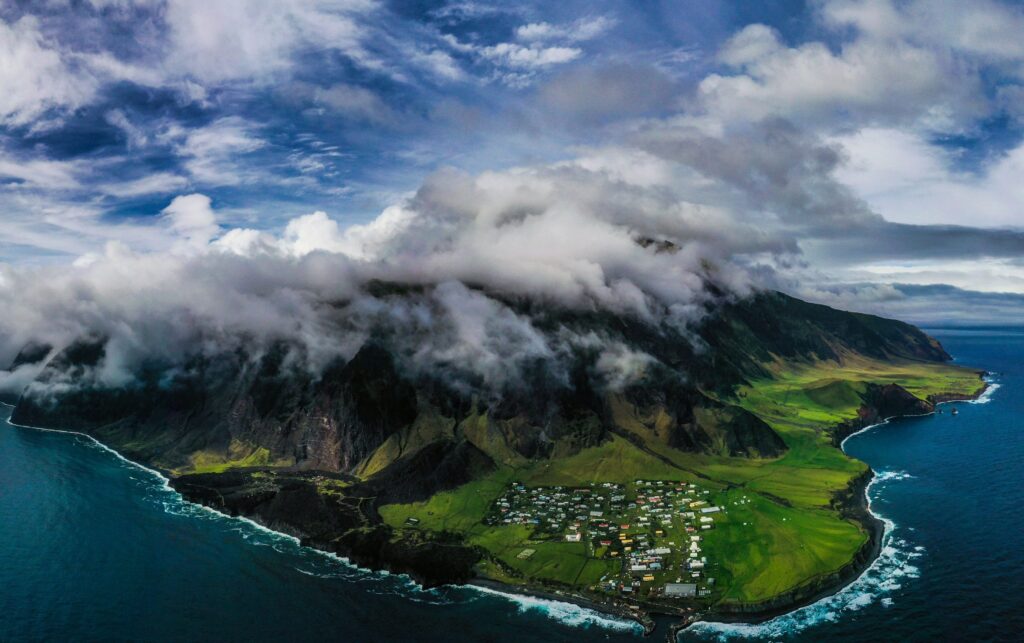
Tristan da Cunha is officially the most remote inhabited archipelago on Earth. Its closest neighbor, St. Helena, is over 1,350 miles away.
There is no airport. The only way to reach the island’s 250 residents is by sea. A few fishing and research vessels make the 5-6 day journey from Cape Town, South Africa, each year.
Planning this trip took me over a year. I had to get permission from the Island Council before booking my berth. There are no hotels. I stayed with a local family, sharing meals and stories.
This isn’t a tourist destination in the typical sense. The journey itself strips away all modern convenience. It forces you to slow down and engage with the island on its own terms.
6. Pitcairn Island, UK: Descendants of the Bounty
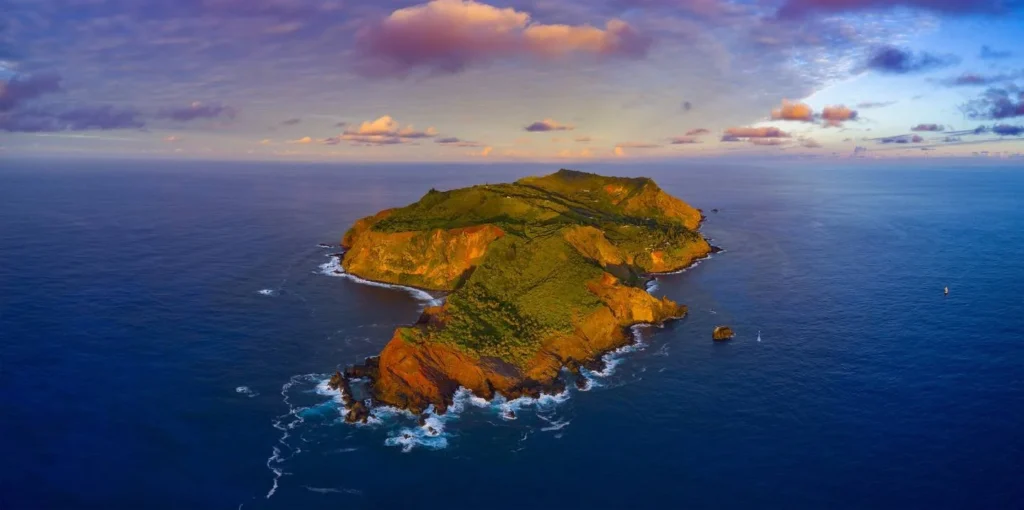
This rugged volcanic island is home to about 35 people. Most are direct descendants of the mutineers from the HMS Bounty and their Tahitian companions.
I flew to Tahiti, then to Mangareva in French Polynesia. From there, the island’s supply ship, the MV Silver Supporter, makes the two-night sea voyage to Pitcairn.
Life on the island is a blend of old and new. Residents get around on ATVs, the island’s main transport.
I spent my days hiking the steep trail to Christian’s Cave. This is where mutiny leader Fletcher Christian would watch for ships.
I learned about the island’s unique Anglo-Tahitian culture and language. To visit Pitcairn is to step directly into the final, still-unfolding chapter of one of history’s greatest sea stories.
7. The Faroe Islands: Waterfalls into the Sea

The Faroe Islands are a place of mythic beauty.
Eighteen volcanic islands rise dramatically from the North Atlantic. Their sheer cliffs are draped in an impossible green. Waterfalls plunge directly from these cliffs into the churning ocean below.
The weather is a character in itself. It is moody, dramatic, and constantly changing. Turf-roofed houses blend into the landscape, adding to the fairytale feel.
Though they feel a world away, the Faroes are surprisingly accessible. Direct flights connect Vágar Airport to Copenhagen, Edinburgh, and Paris.
I rented a car, which is essential. An incredible network of sub-sea tunnels and bridges connects the main islands.
One day, I drove under a fjord to see the iconic Múlafossur waterfall at Gásadalur. The next, I hiked a ridge overlooking the “floating lake” of Sørvágsvatn.
I recommend a “heimablídni,” or home-dining experience, with a local family.
8. Salar de Uyuni, Bolivia: The World’s Largest Mirror
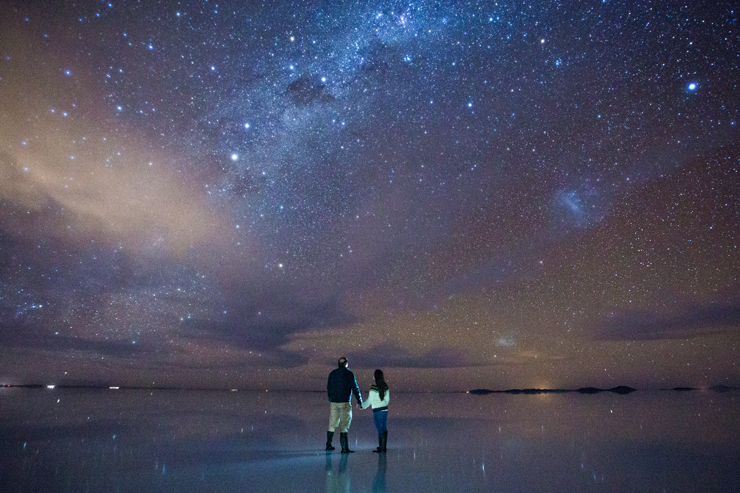
This is one of the most surreal landscapes I have ever witnessed.
Salar de Uyuni is the world’s largest salt flat. It is a vast, blindingly white expanse of hexagonal salt tiles under a piercing blue sky. It almost feels like walking on another planet.
The journey starts in Uyuni, a dusty town reachable by flight or overnight bus from La Paz. From there, 4×4 tours are the only way to venture onto the salt.
I visited during the rainy season, from December to March. A thin layer of water had collected on the salt. This created a perfect mirror of the sky, and it felt like driving through the clouds.
We visited Incahuasi Island, a rocky outcrop covered in giant cacti, which appeared to float in the sky. A highlight for many is staying in a hotel built almost entirely from salt blocks.
To me, it’s one of the most remote but breathtaking places on earth.
9. Danakil Depression, Ethiopia: Journey to the Gateway to Hell
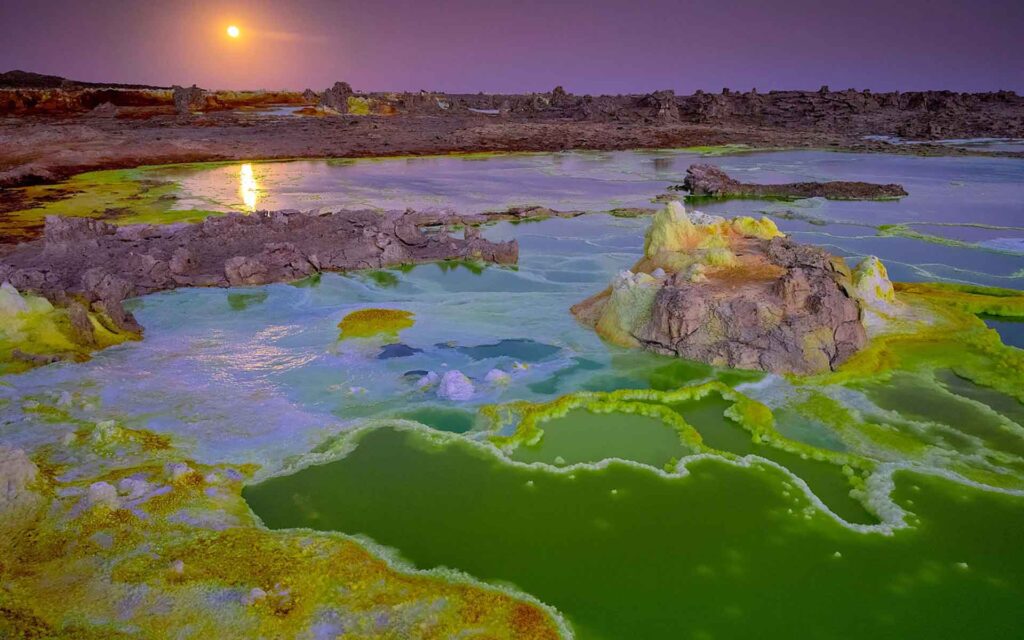
The Danakil Depression is the hottest inhabited place on Earth. It’s a geologically violent region of active volcanoes and alien landscapes.
Visiting here is not for the faint of heart. It requires a multi-day 4×4 expedition with armed escorts, due to the harsh environment and regional instability.
My tour started in Mekele. We drove for hours into the desert. The highlight was a nighttime trek up Erta Ale volcano. Peering over the crater’s edge, I saw the roiling, bubbling lava lake known as the “gateway to hell”.
Another day, we explored the hydrothermal fields of Dallol. The ground was a mind-bending mosaic of yellow sulfur, green acid ponds, and red iron oxides.
The experience is raw and challenging. But it offers a rare glimpse of the Earth’s powerful forces at work.
Also Read: 14 Mountain Towns in the U.S. So Beautiful They Feel Like Heaven on Earth
10, 11, & 12. The Subterranean Trilogy: The Ultimate Frontier
Some of the most remote (but breathtaking) places on earth are not across oceans, but beneath our feet.
These are accessible only to elite, self-sufficient expedition teams. They represent the last true blank spots on the map.
Sistema Huautla, Mexico
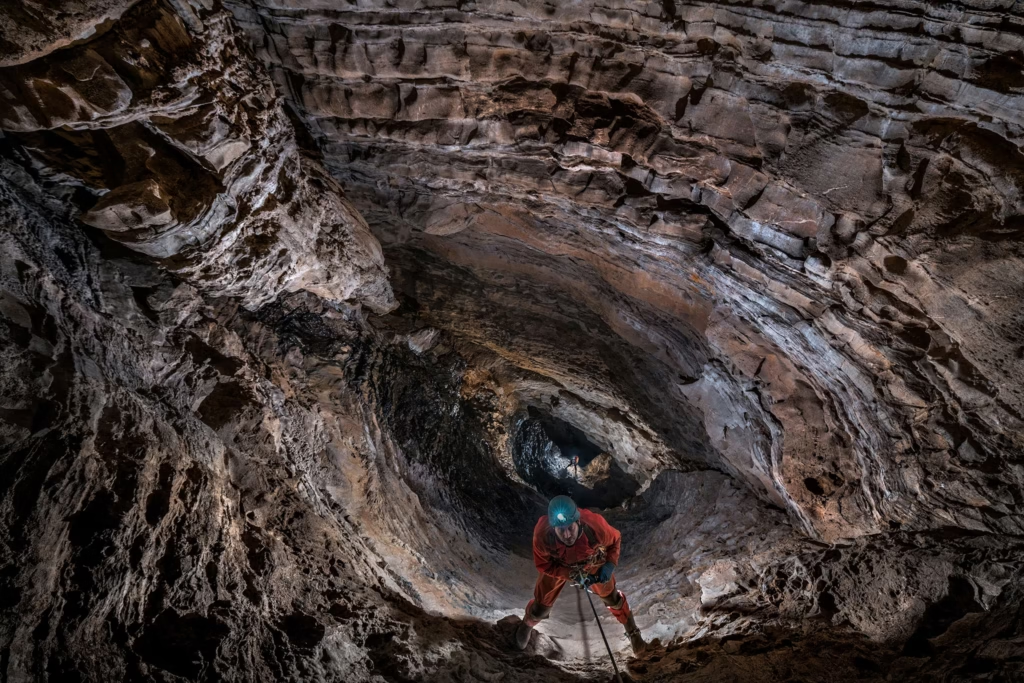
This is the deepest cave in the Western Hemisphere. It plunges 1,560 meters into the mountains of Oaxaca.
Exploration here is an epic undertaking. It involves days of travel through tight passages, rappelling down deep pits, and diving through flooded tunnels.
Gouffre Berger, France:
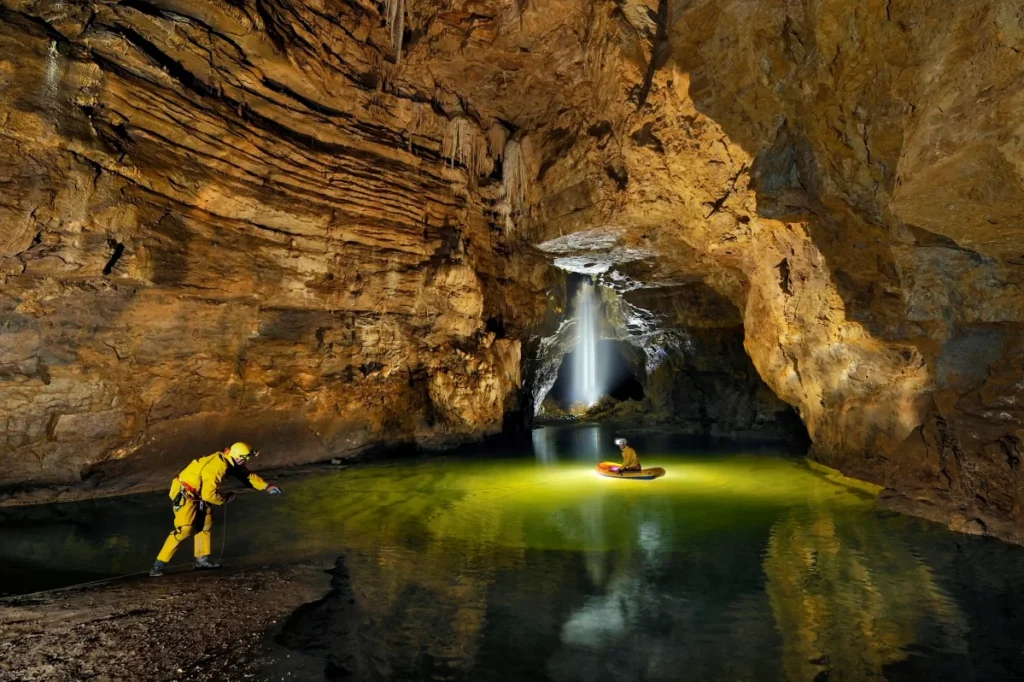
Located in the French Alps, this was the first cave explored past 1,000 meters deep. It’s a legend in the caving world.
It is also notoriously dangerous. Sudden, violent floods can turn the cave into a deadly trap in minutes.
Veryovkina Cave, Georgia:
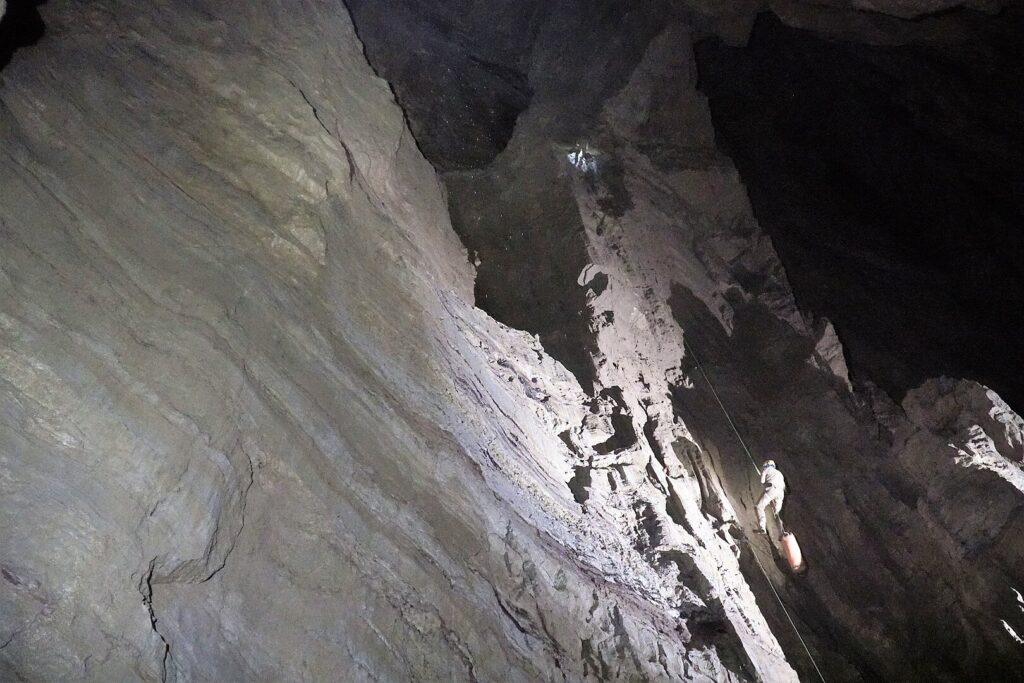
This is the deepest known cave on Earth. It is a staggering 2,209 meters deep.
A journey to the bottom is like a vertical Everest expedition. It requires teams to establish a series of underground camps over many days.
For these breathtaking remote destinations, the reward is the pure act of discovery. It’s the chance to be the first human to ever set foot in a passage deep within the Earth.
Also Read: 11 Forbidden Caves You’ll Never Believe Exist (And Why You Can’t Enter Them)
Where Will Your Next Expedition Take You?
The world’s edges are still out there, waiting.
The journey to these most remote but incredible places on earth changes you.
The question is not if you can visit them. The question is whether you are ready for the journey.
Your adventure awaits.